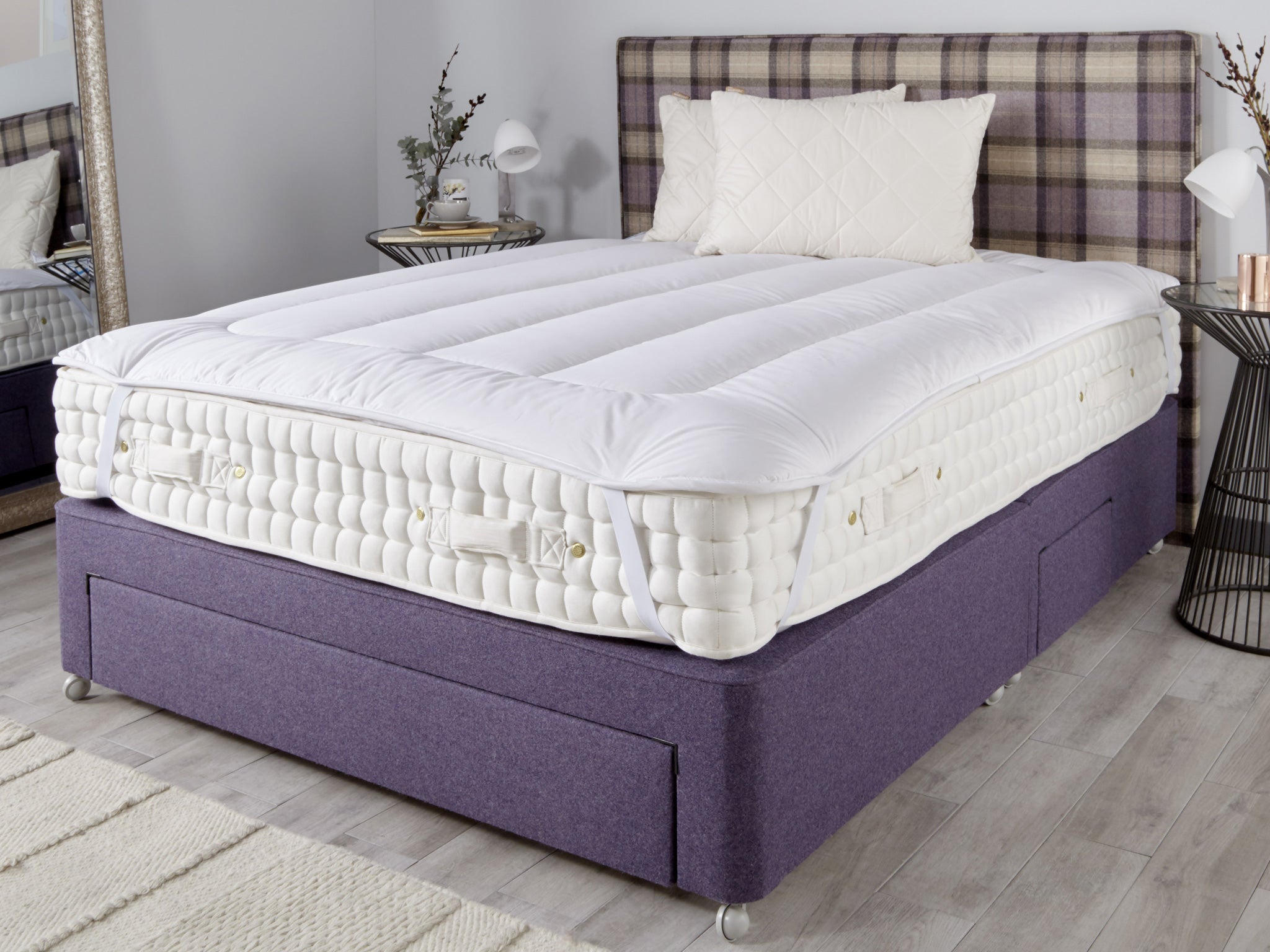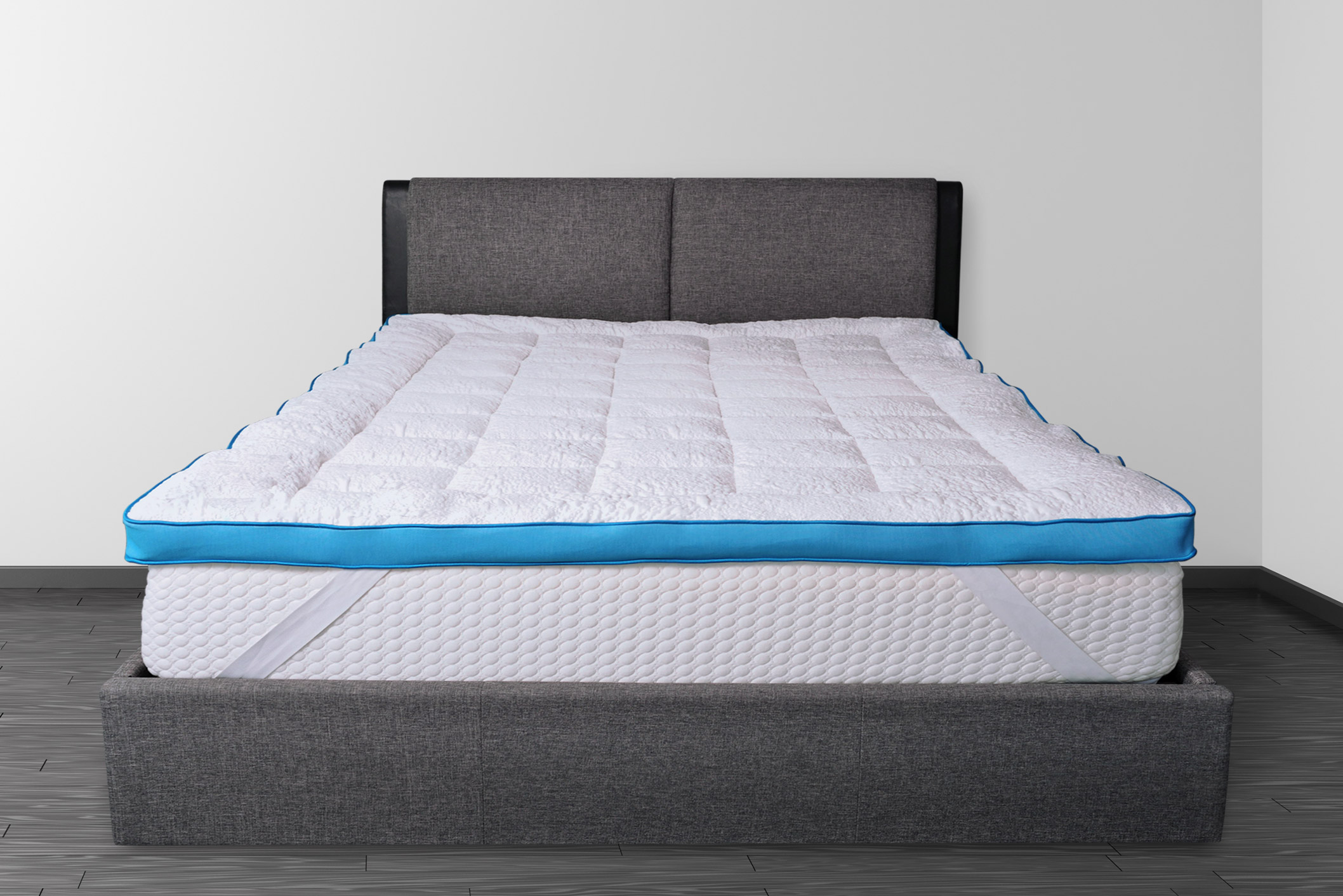1. The Common Problem of Memory Foam Mattresses Sinking in Box Springs
Memory foam mattresses are known for their ability to conform to your body and provide excellent support for a good night's sleep. However, one common issue that many people face with their memory foam mattress is sinking in their box spring. This can be frustrating and uncomfortable, but luckily, there are solutions to this problem. Let's dive into why memory foam mattresses sink in box springs and how you can prevent it.
2. What Causes a Memory Foam Mattress to Sink in a Box Spring?
There can be a few reasons why your memory foam mattress is sinking in your box spring. The most common cause is sagging in the box spring. When a box spring sags, it can no longer provide the proper support for your mattress, causing it to sink in certain areas. Another reason could be the lack of support in the center of the box spring, causing the mattress to sink in the middle. Finally, if your mattress is not rotated regularly, it can lead to body impressions and indentations, causing it to sink in those specific spots.
3. How Can You Prevent Your Memory Foam Mattress from Sinking?
To prevent your memory foam mattress from sinking in your box spring, there are a few things you can do. First, make sure you have a high-quality box spring that is designed to support memory foam mattresses. Look for box springs with a sturdy wood or metal foundation, as well as a center support beam. You can also add a mattress topper to provide an extra layer of support and prevent sagging.
4. Check Your Warranty for Support and Replacement Options
If your memory foam mattress is still sinking, it's essential to check your warranty for support and replacement options. Most reputable mattress brands offer a warranty that covers sagging and indentations above a certain depth. If your mattress is still under warranty, you may be able to get a replacement or have it repaired. However, keep in mind that warranties vary, and you should always read the fine print to understand what is covered.
5. How to Make a Warranty Claim for a Sinking Memory Foam Mattress
If you believe your sinking memory foam mattress is covered under warranty, you will need to make a warranty claim. The first step is to contact the manufacturer or retailer where you purchased the mattress. They will likely ask for proof of purchase and photos of the sagging or indentations. From there, they will guide you through the warranty claim process and let you know if your mattress is eligible for a replacement or repair.
6. The Importance of Rotating Your Memory Foam Mattress
One of the best ways to prevent your memory foam mattress from sinking is to rotate it regularly. Most memory foam mattresses should be rotated every 3-6 months to distribute weight evenly and prevent body impressions. If your mattress is double-sided, you can also flip it over to help extend its lifespan and prevent sagging.
7. How a Mattress Topper Can Help Prevent Sinking in Box Springs
As mentioned earlier, a mattress topper can provide an extra layer of support and help prevent your mattress from sinking in your box spring. Look for a mattress topper that is specifically designed for memory foam mattresses and has a density of at least 4 pounds per cubic foot. This will help provide the necessary support to prevent sagging.
8. Tips for Maintaining Your Memory Foam Mattress to Prevent Sinking
In addition to rotating your mattress and using a mattress topper, there are a few other tips you can follow to maintain your memory foam mattress and prevent sinking. First, make sure to use a sturdy bed frame that can support the weight of your mattress and body. Avoid sitting on the edge of your mattress or jumping on it, as this can cause sagging and indentations. Finally, try to keep your mattress clean and free of any spills or stains, as these can also affect its support and cause sinking in certain areas.
9. When Should You Consider Replacing Your Memory Foam Mattress?
If your memory foam mattress is consistently sinking or has deep indentations, it may be time to consider replacing it. Memory foam mattresses typically have a lifespan of 8-10 years, so if yours is older than that, it may be time to upgrade. Additionally, if you are constantly waking up with aches and pains, or if your mattress is no longer providing the support and comfort it once did, it may be time for a replacement.
10. In Conclusion: Preventing Memory Foam Mattress Sinking in Box Springs
Sinking in a memory foam mattress can be frustrating and uncomfortable, but it's not an uncommon issue. By following these tips, such as using a high-quality box spring, rotating your mattress, and using a mattress topper, you can prevent your memory foam mattress from sinking in your box spring. And if all else fails, make sure to check your warranty for potential support or replacement options. With proper maintenance and care, your memory foam mattress can provide you with years of comfortable and supportive sleep.
Why Your Memory Foam Mattress is Sinking in Your Box Spring

Understanding the Problem
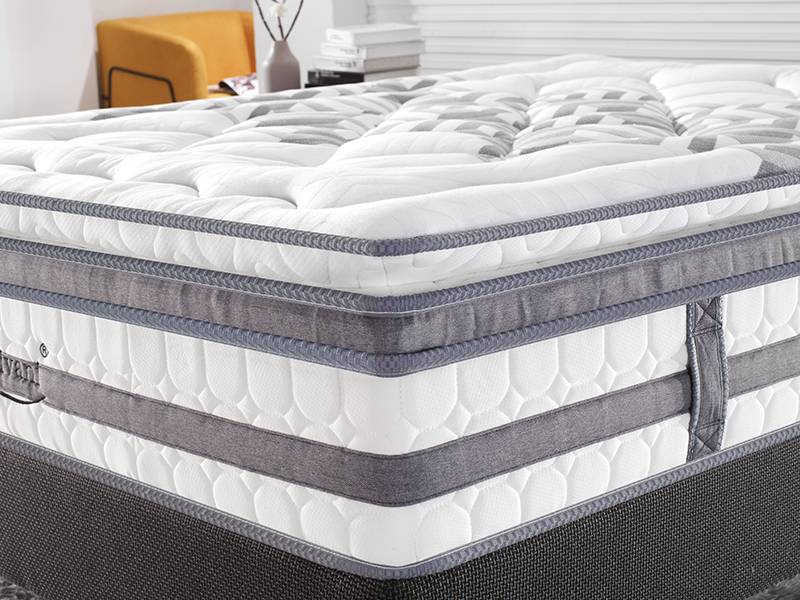 Are you noticing that your once comfortable
memory foam mattress
is starting to sink in your
box spring
? Don't worry, you're not alone. This is a common issue that many people face, and it can be frustrating to deal with. But before you start looking for a new mattress, let's dive into what may be causing this problem and how you can fix it.
Are you noticing that your once comfortable
memory foam mattress
is starting to sink in your
box spring
? Don't worry, you're not alone. This is a common issue that many people face, and it can be frustrating to deal with. But before you start looking for a new mattress, let's dive into what may be causing this problem and how you can fix it.
The Relationship Between Memory Foam Mattresses and Box Springs
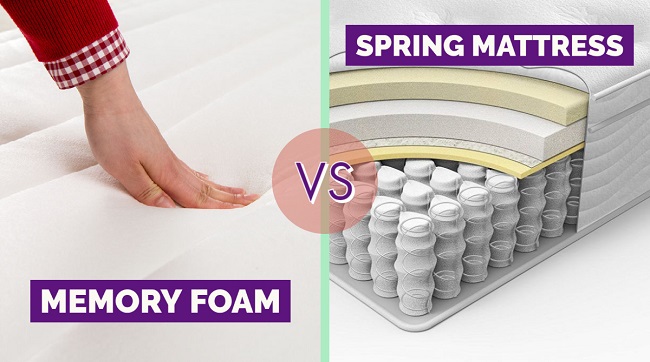 First, it's important to understand the relationship between your
memory foam mattress
and
box spring
.
Memory foam mattresses
are designed to provide pressure relief and support, while
box springs
are meant to provide a solid foundation for your mattress. In the past,
box springs
were essential for traditional innerspring mattresses, but with the rise in popularity of
memory foam mattresses
, they may not be as necessary.
First, it's important to understand the relationship between your
memory foam mattress
and
box spring
.
Memory foam mattresses
are designed to provide pressure relief and support, while
box springs
are meant to provide a solid foundation for your mattress. In the past,
box springs
were essential for traditional innerspring mattresses, but with the rise in popularity of
memory foam mattresses
, they may not be as necessary.
The Cause of Sinking
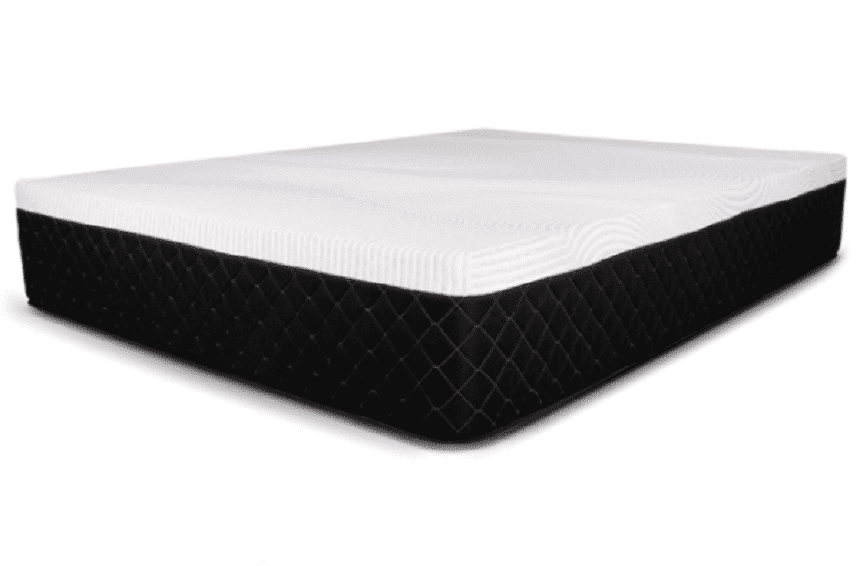 One of the main reasons your
memory foam mattress
may be sinking in your
box spring
is because of the uneven distribution of weight. Unlike traditional innerspring mattresses,
memory foam mattresses
are not meant to be used with a
box spring
. The weight of the mattress and the sleeper's body can cause the
box spring
to bow in the middle, leading to the sinking feeling.
Another cause of sinking may be the age of your
box spring
. Over time,
box springs
can lose their support and become worn out, which can contribute to the sinking of your
memory foam mattress
.
One of the main reasons your
memory foam mattress
may be sinking in your
box spring
is because of the uneven distribution of weight. Unlike traditional innerspring mattresses,
memory foam mattresses
are not meant to be used with a
box spring
. The weight of the mattress and the sleeper's body can cause the
box spring
to bow in the middle, leading to the sinking feeling.
Another cause of sinking may be the age of your
box spring
. Over time,
box springs
can lose their support and become worn out, which can contribute to the sinking of your
memory foam mattress
.
How to Fix the Problem
 If you want to continue using your
box spring
with your
memory foam mattress
, there are a few steps you can take to prevent sinking. First, make sure your
box spring
is the correct size for your mattress. A
box spring
that is too small can cause uneven weight distribution and lead to sinking.
You can also try placing a piece of plywood between your
box spring
and mattress to provide a more solid foundation. This will help distribute the weight more evenly and prevent sinking.
If your
box spring
is old and worn out, it may be time to replace it. Consider investing in a platform bed frame, which eliminates the need for a
box spring
altogether.
If you want to continue using your
box spring
with your
memory foam mattress
, there are a few steps you can take to prevent sinking. First, make sure your
box spring
is the correct size for your mattress. A
box spring
that is too small can cause uneven weight distribution and lead to sinking.
You can also try placing a piece of plywood between your
box spring
and mattress to provide a more solid foundation. This will help distribute the weight more evenly and prevent sinking.
If your
box spring
is old and worn out, it may be time to replace it. Consider investing in a platform bed frame, which eliminates the need for a
box spring
altogether.
The Bottom Line
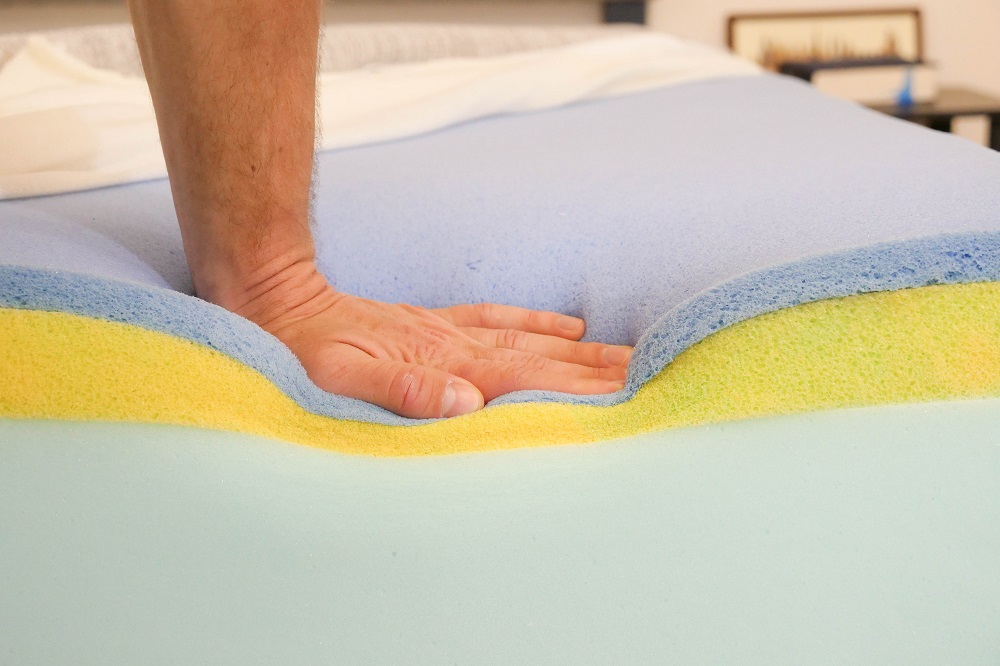 While
memory foam mattresses
and
box springs
may not be the best match, there are steps you can take to prevent your mattress from sinking. By understanding the relationship between the two and taking proper precautions, you can continue to enjoy the benefits of your
memory foam mattress
without worrying about sinking.
While
memory foam mattresses
and
box springs
may not be the best match, there are steps you can take to prevent your mattress from sinking. By understanding the relationship between the two and taking proper precautions, you can continue to enjoy the benefits of your
memory foam mattress
without worrying about sinking.




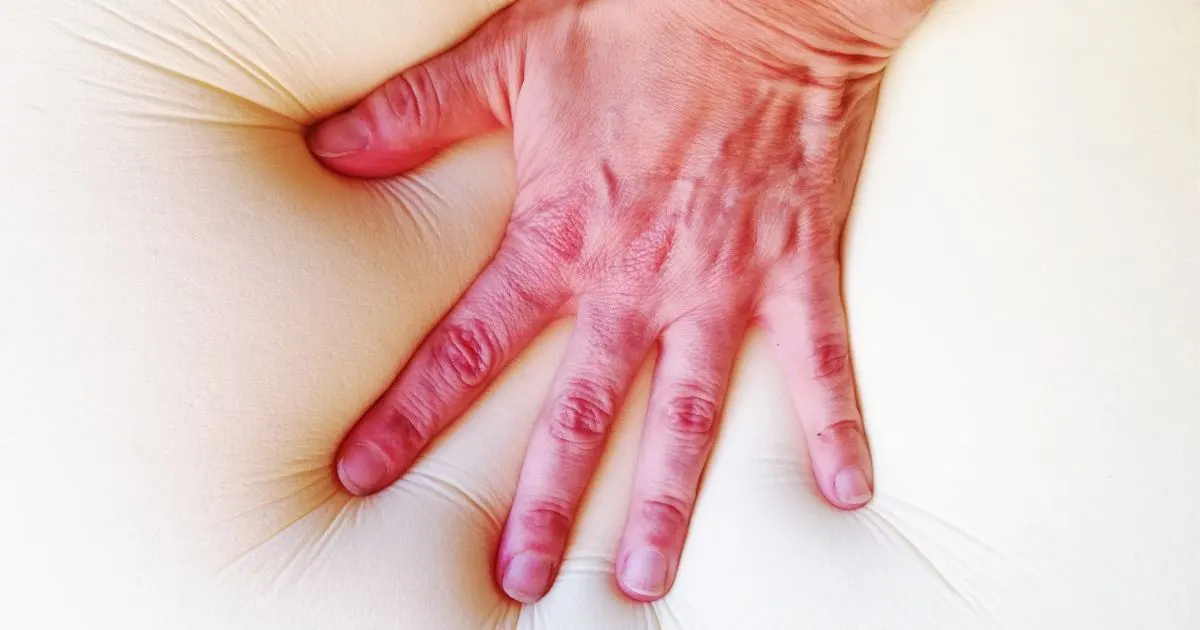
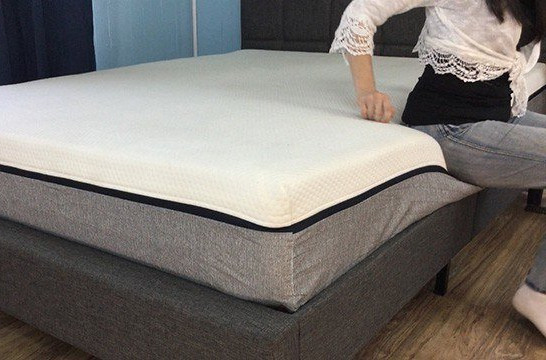



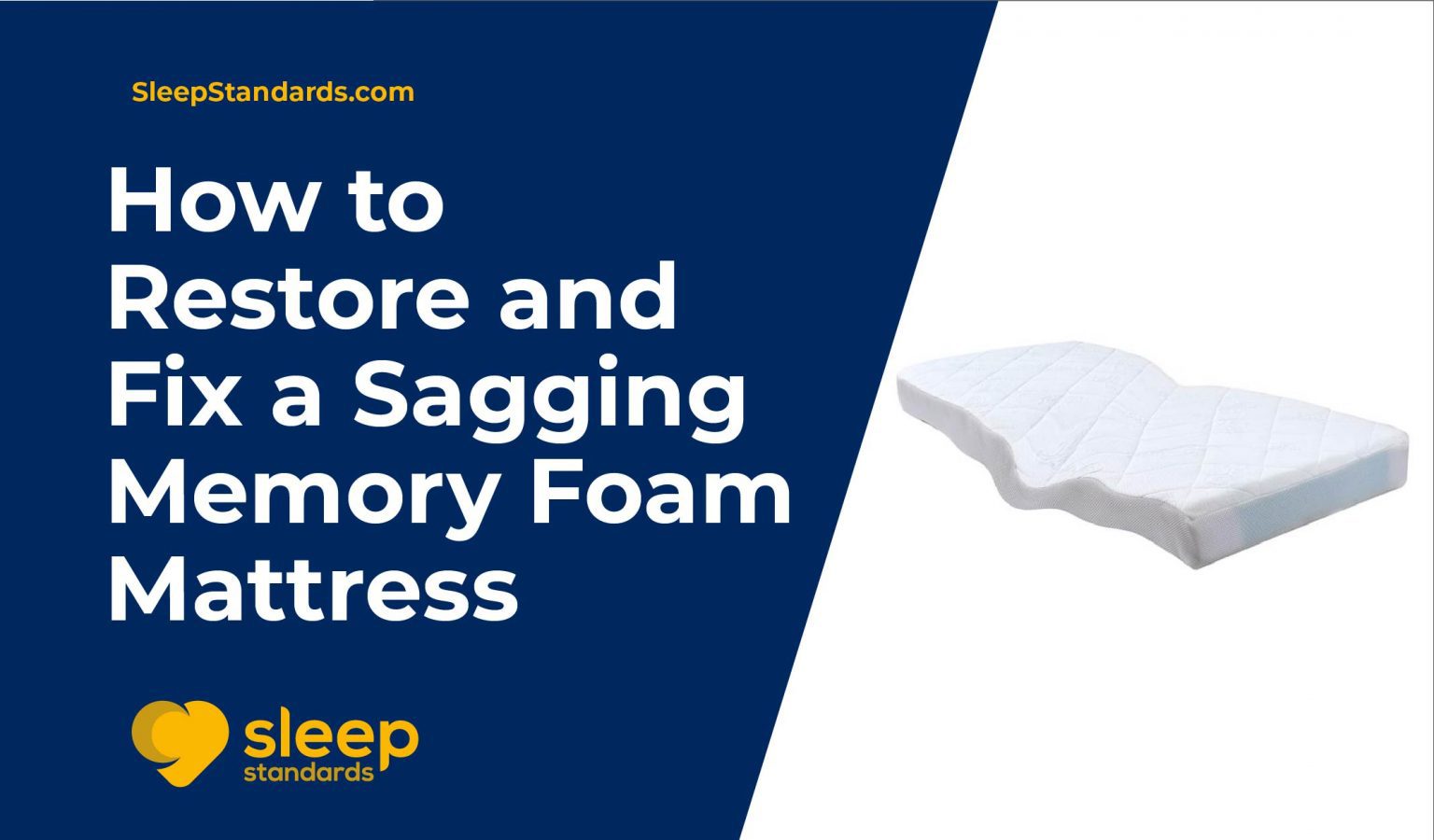
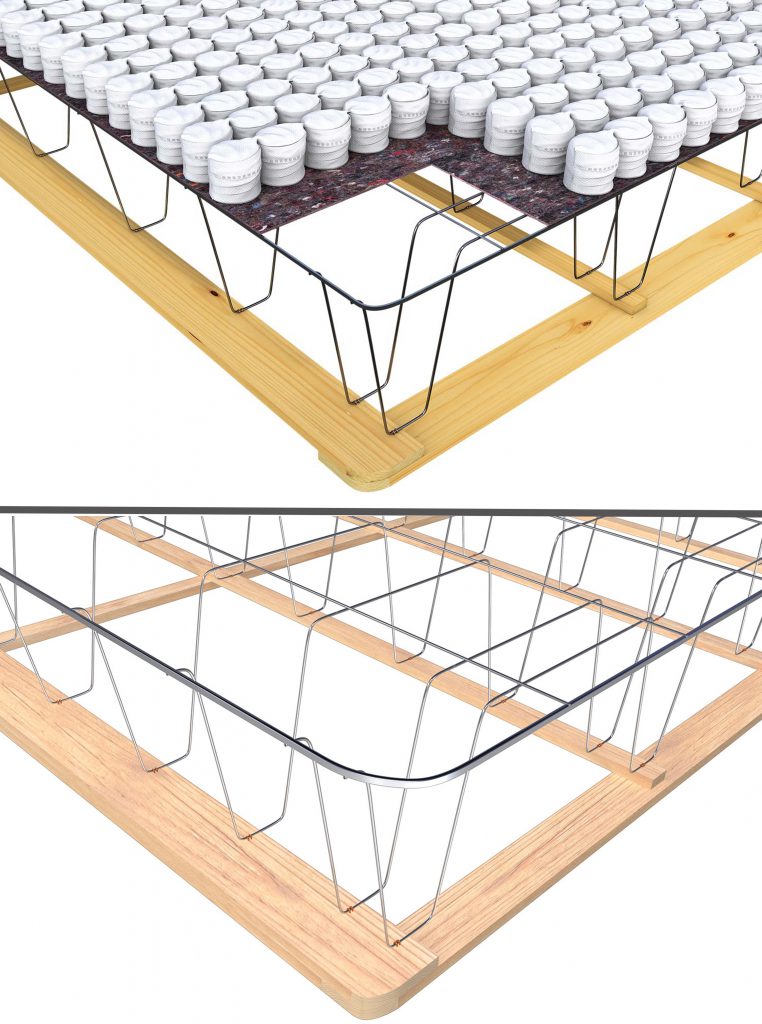



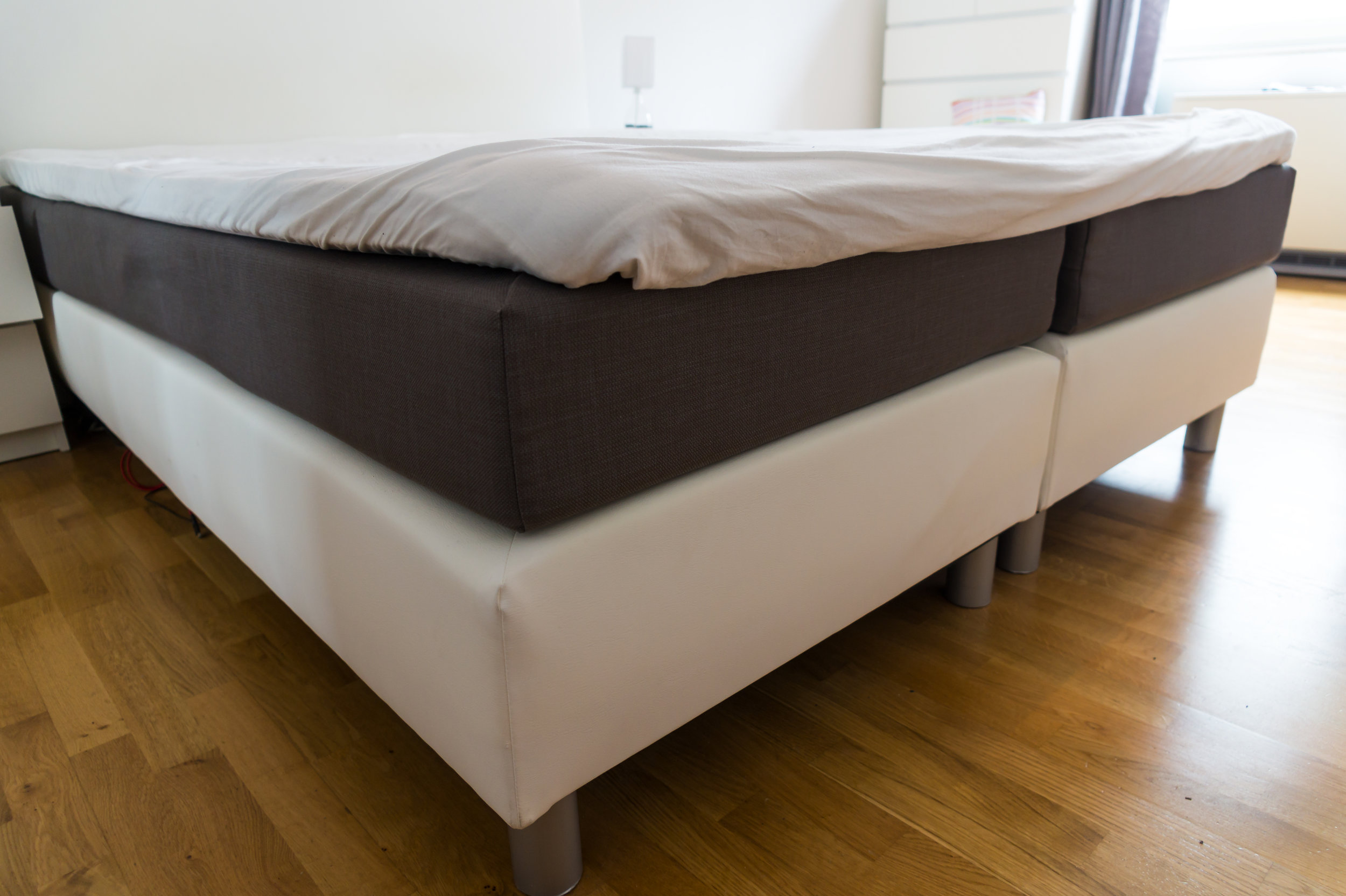
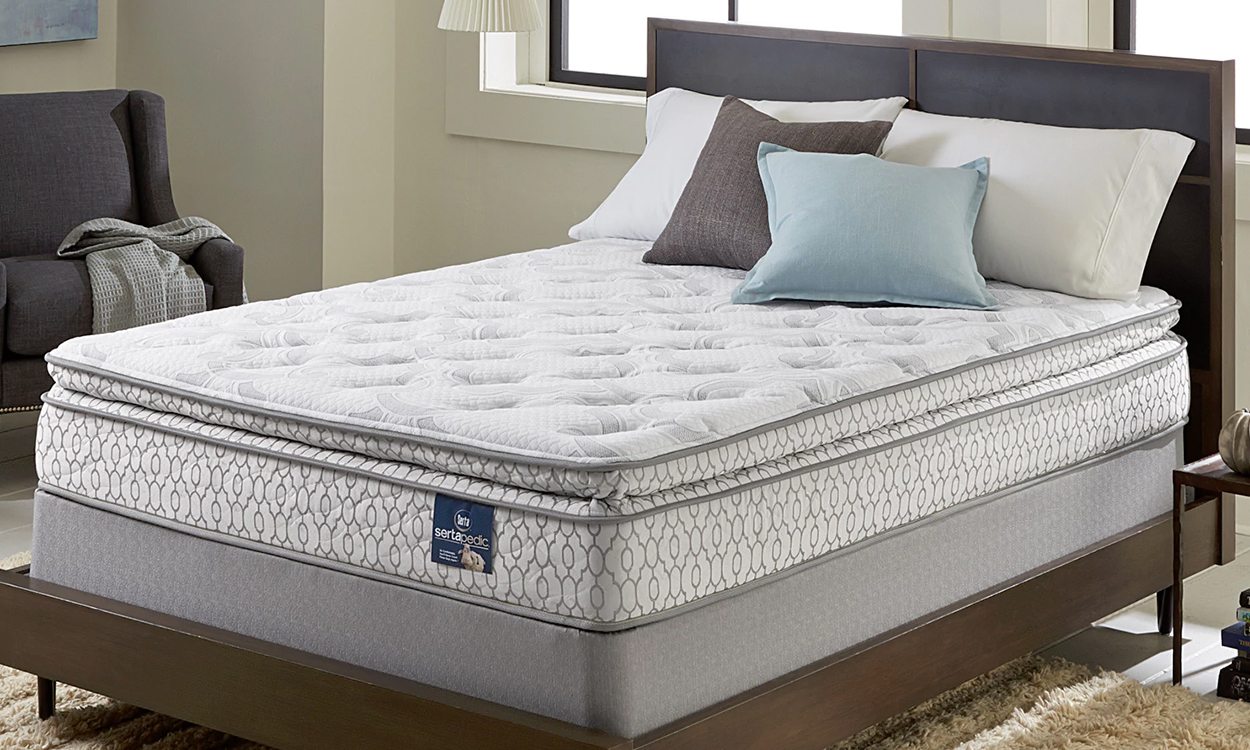
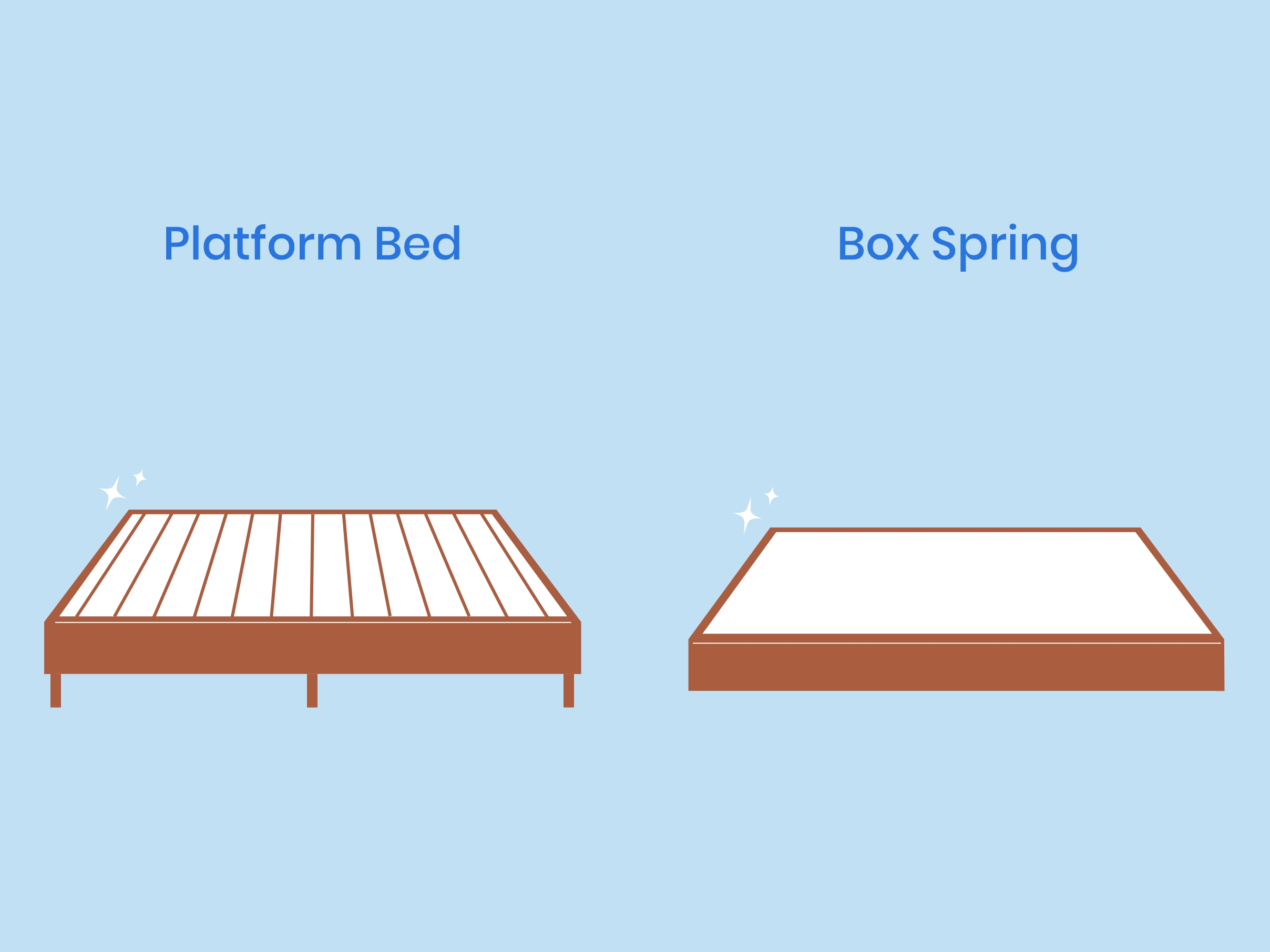
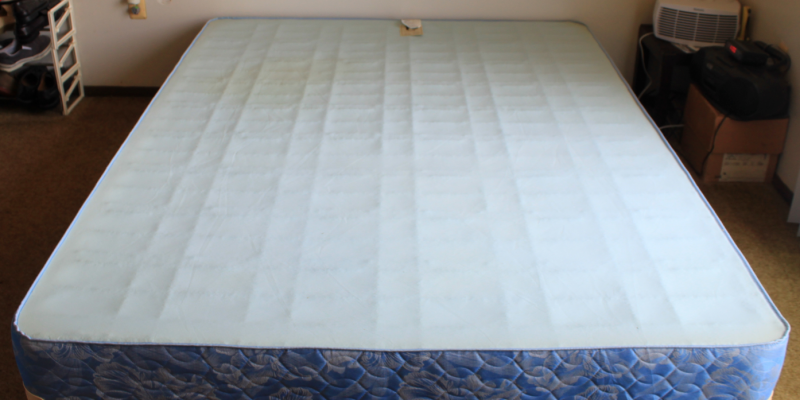
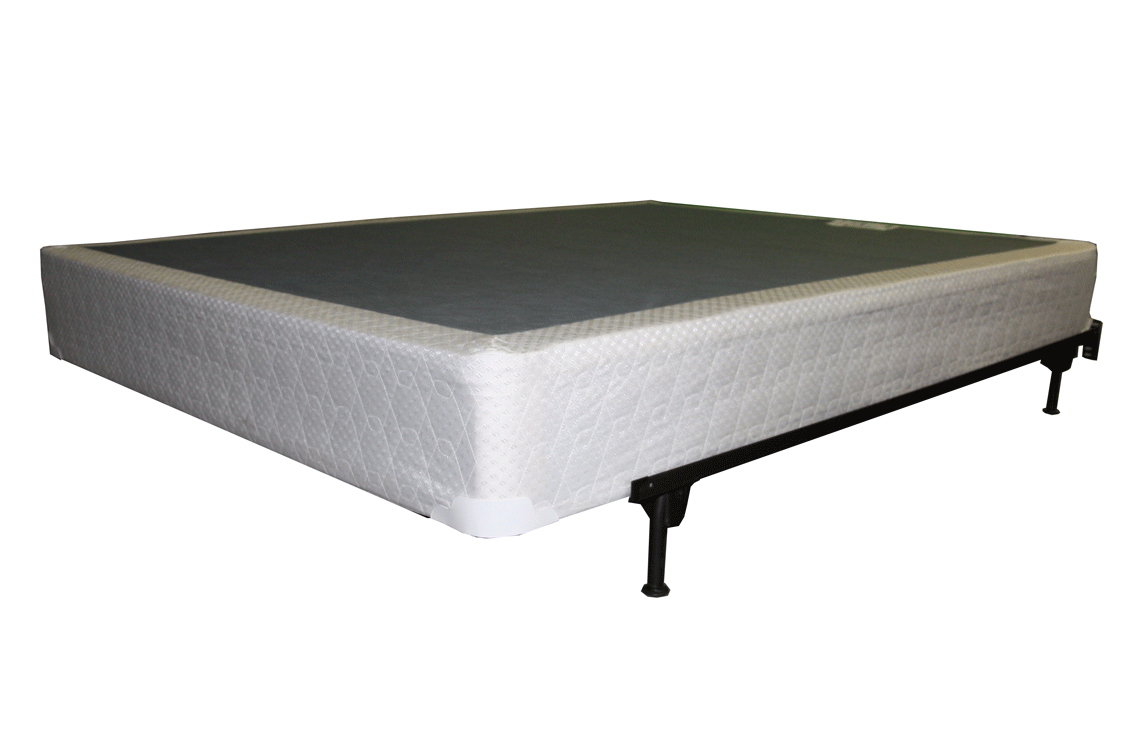






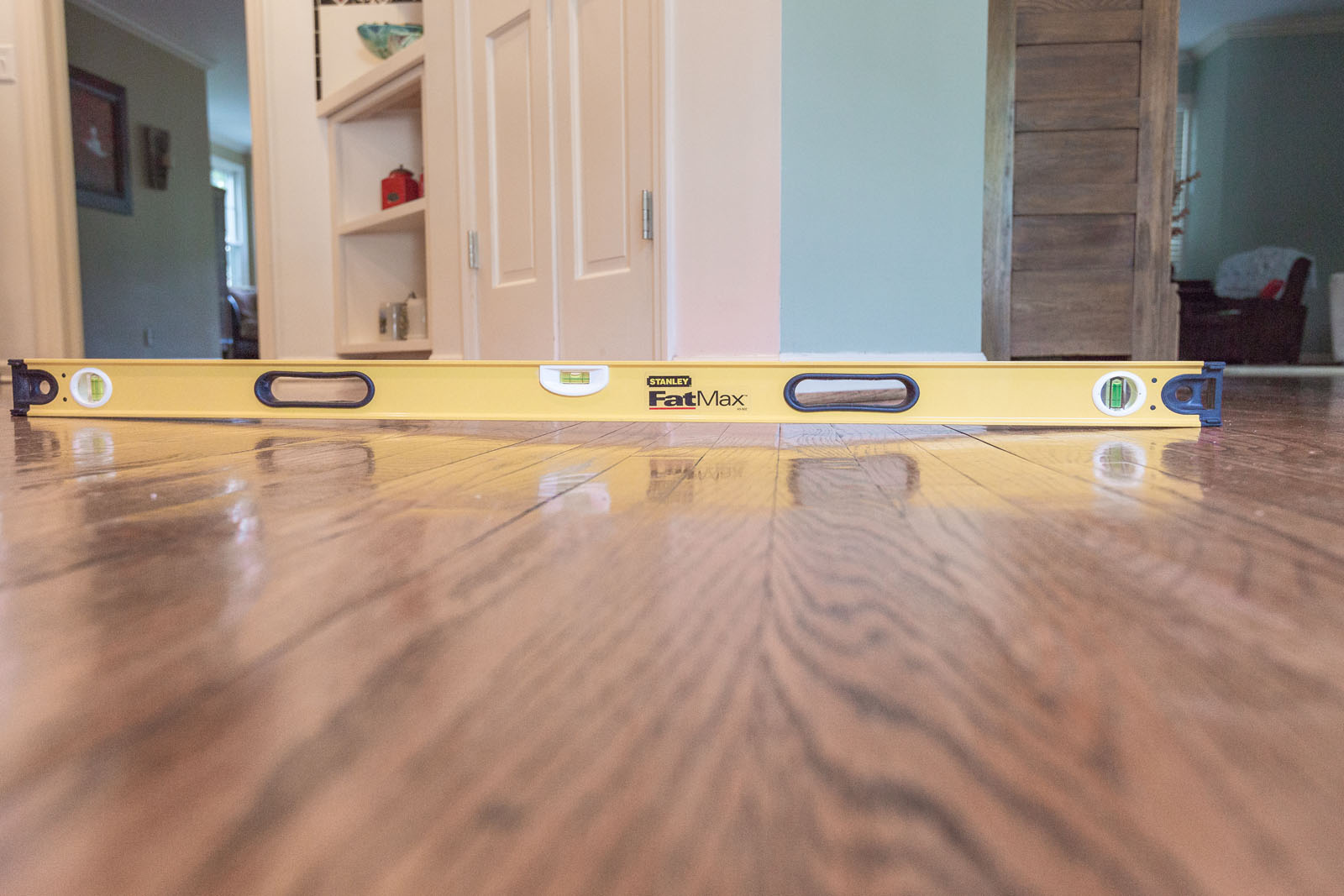




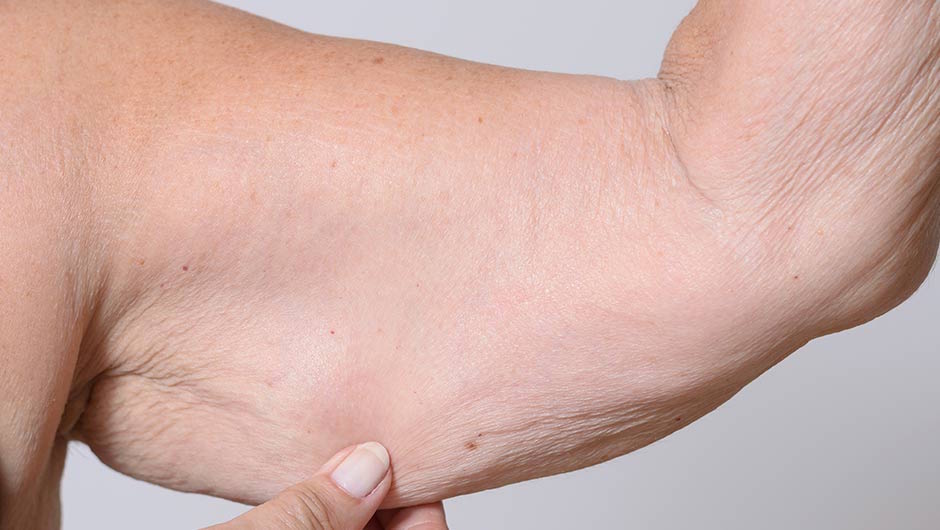















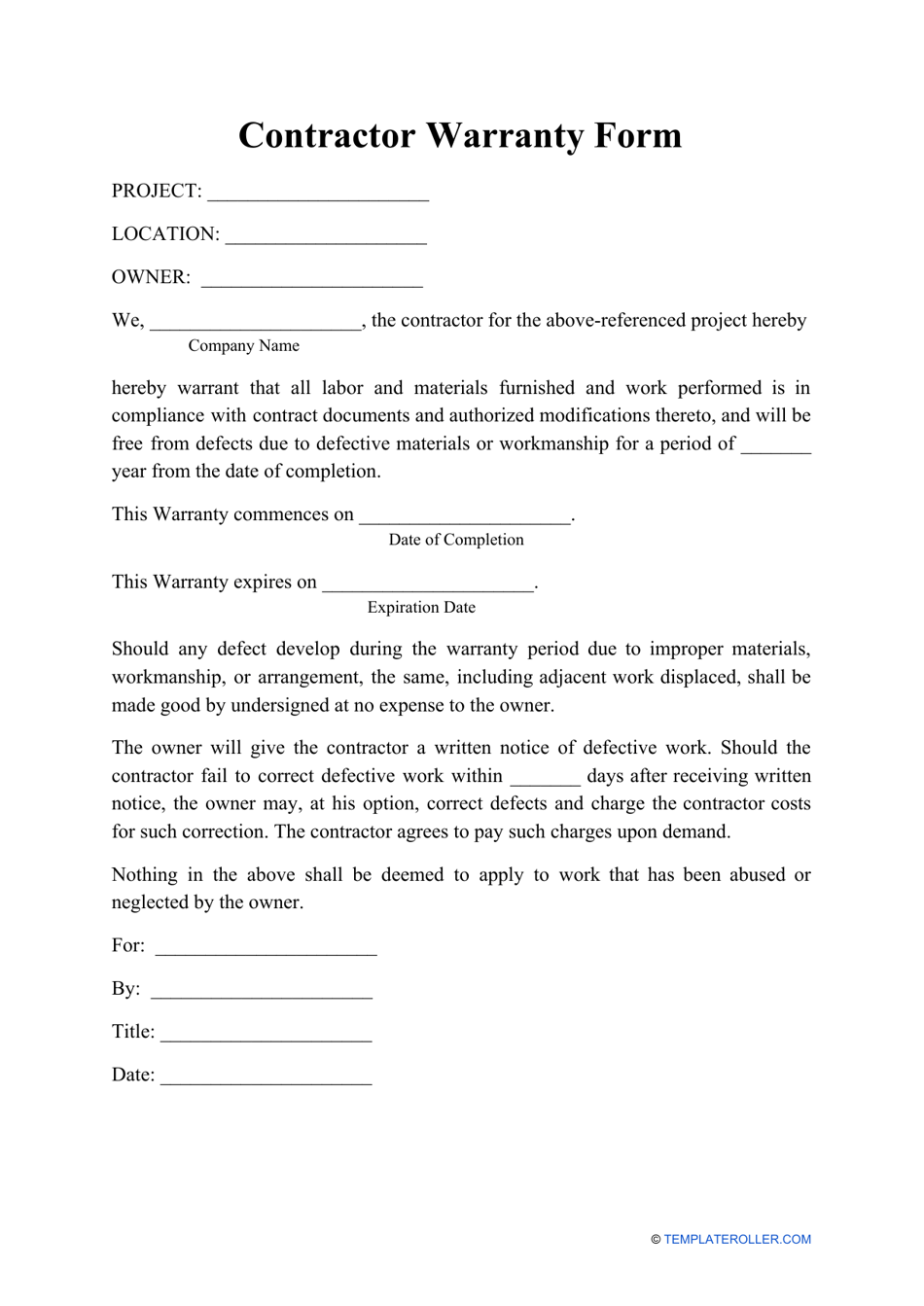












/knee_replacement-d94685eb137b454484c8e819c61b4a51.jpg)







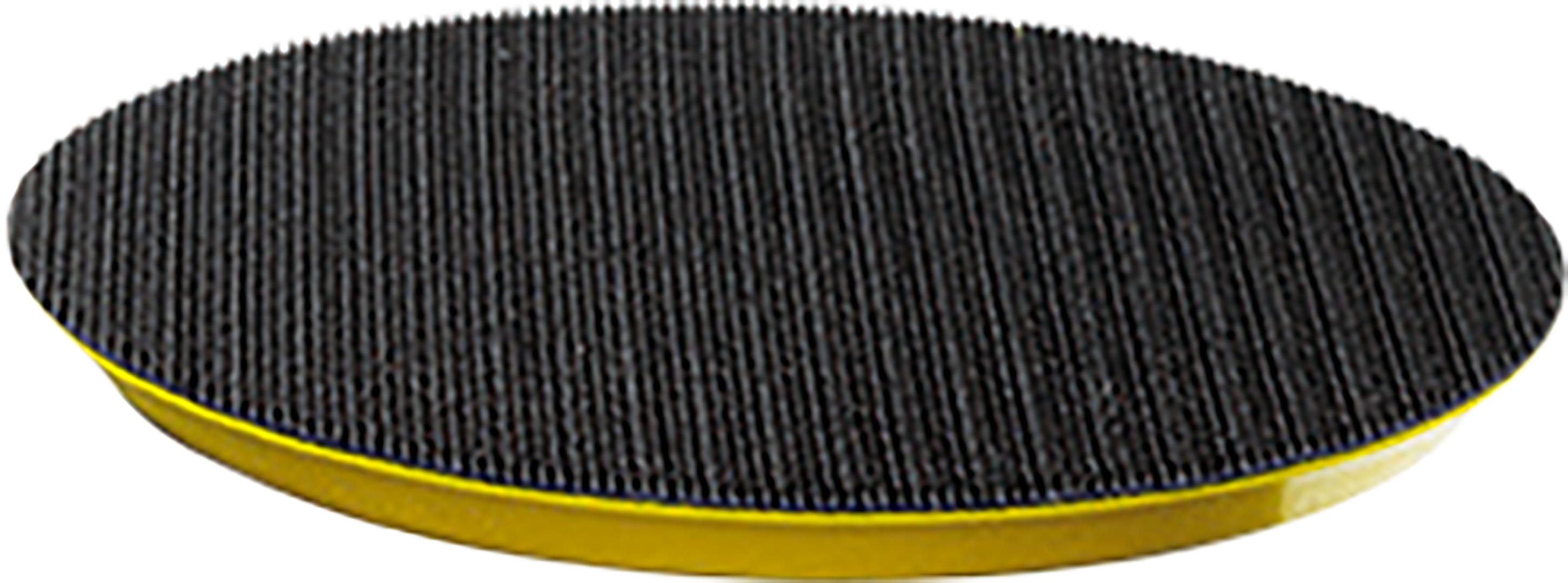





.jpeg)



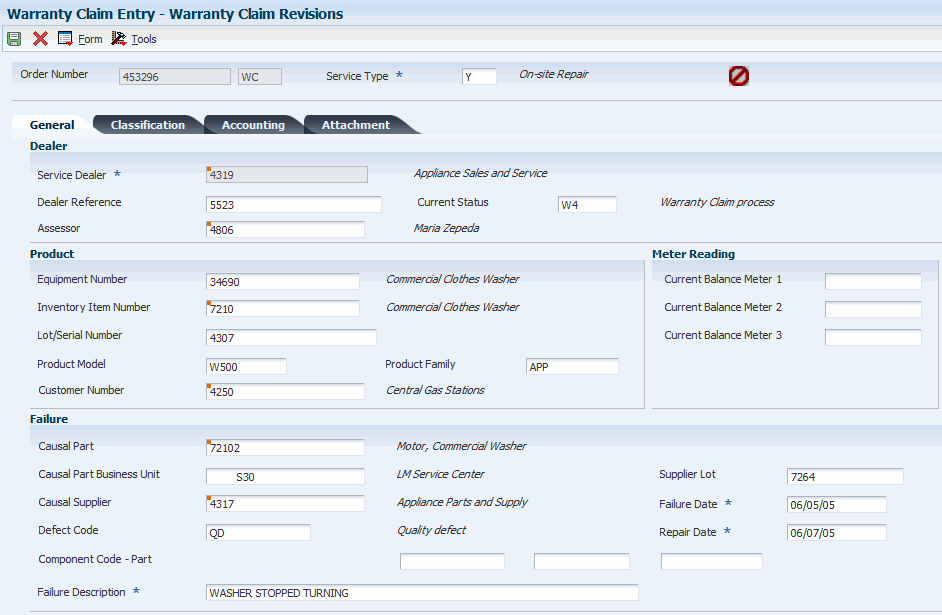



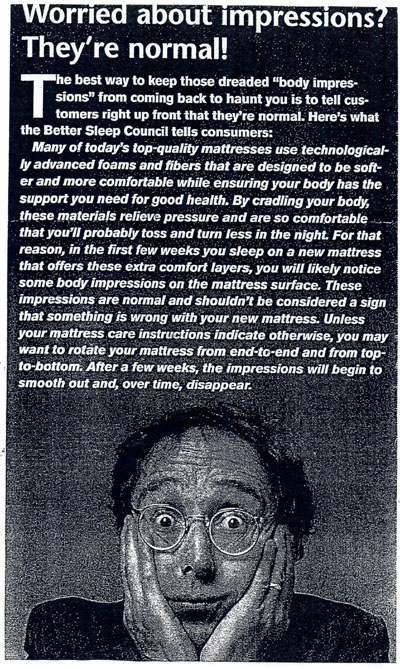


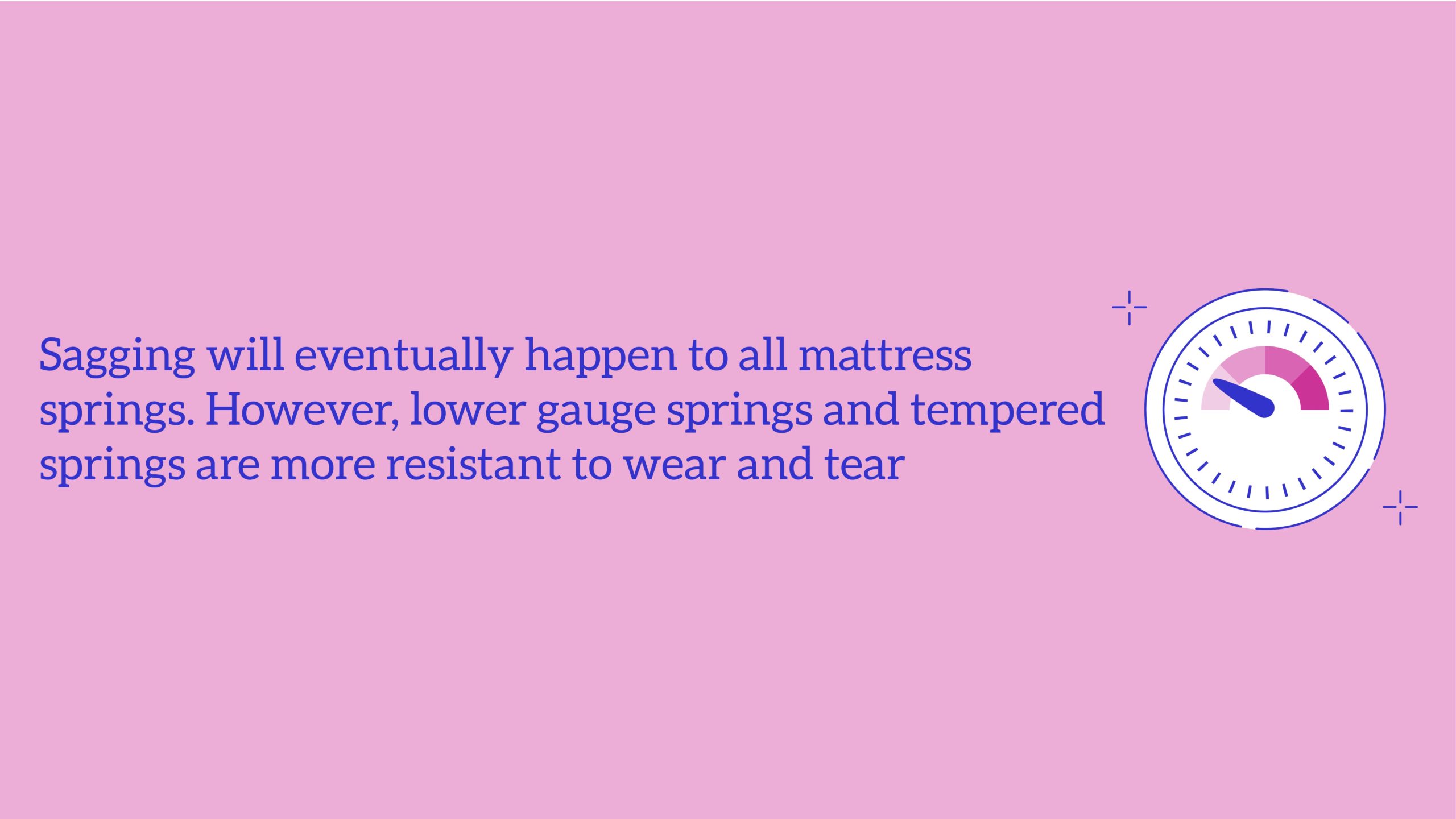


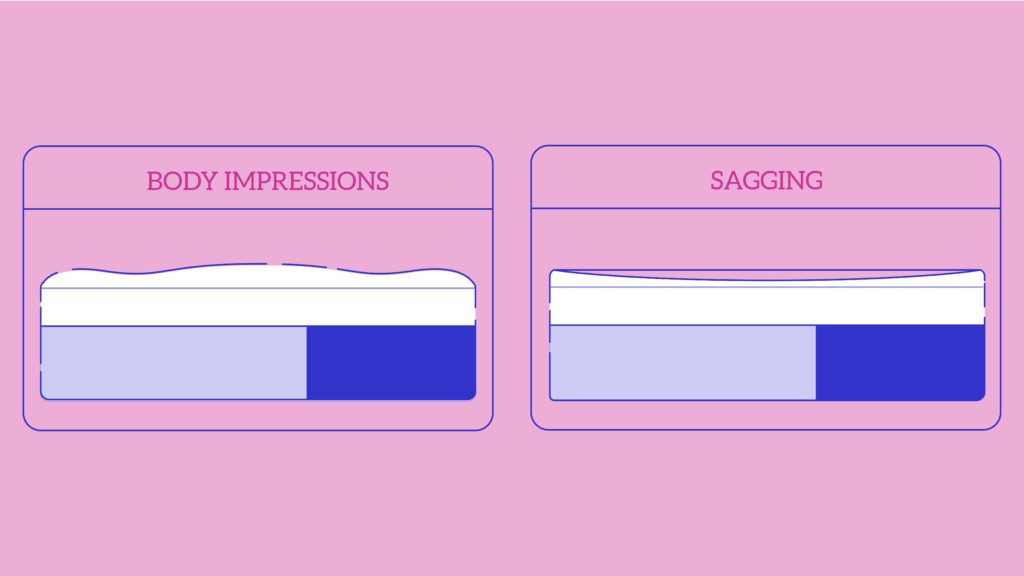


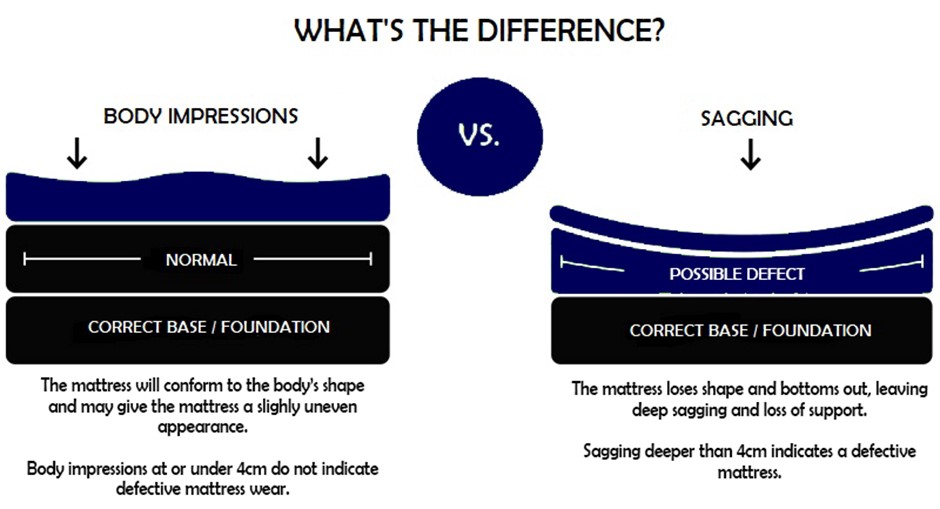
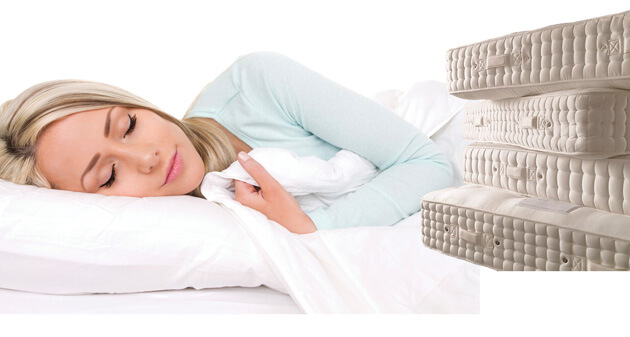







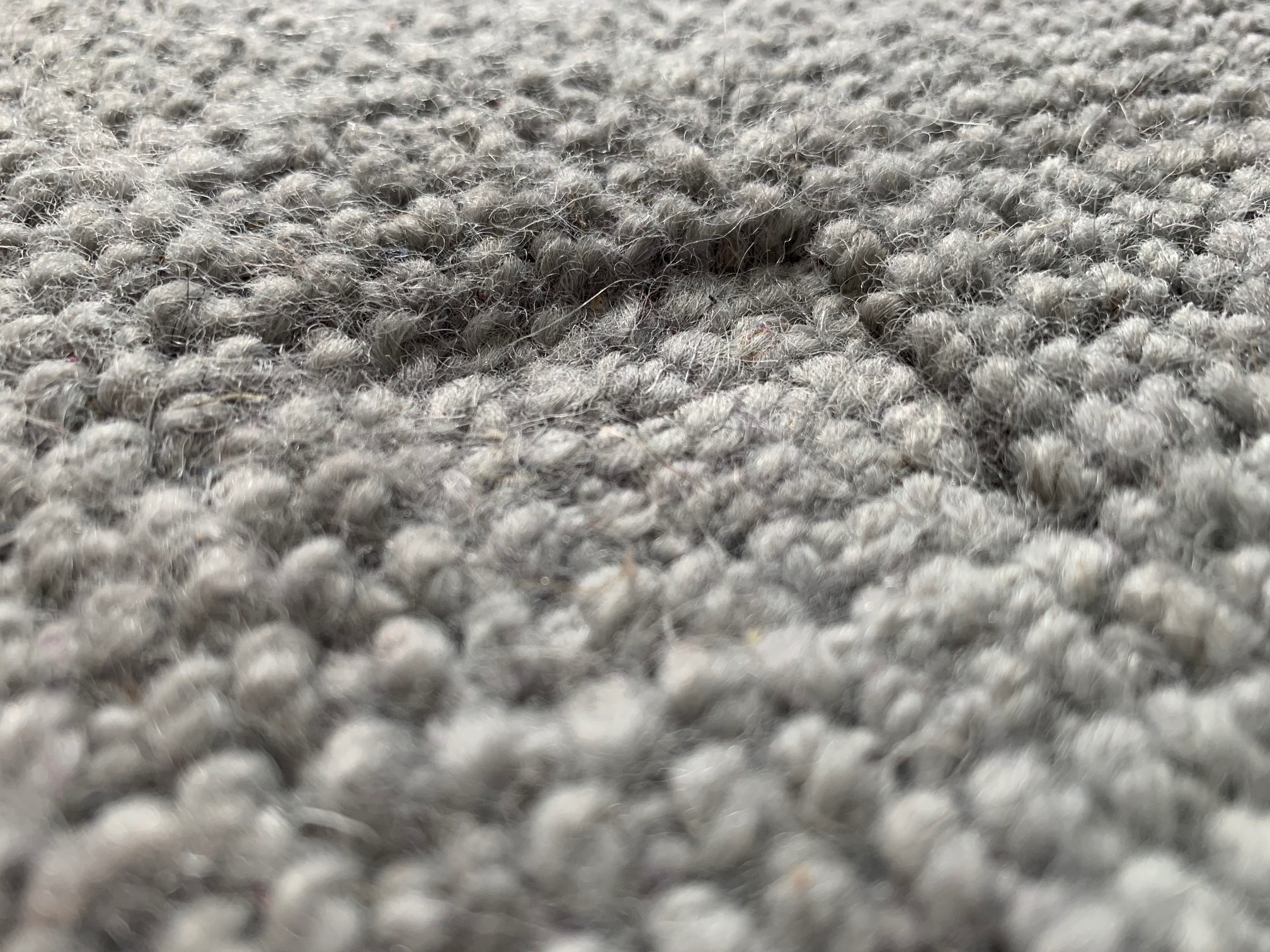





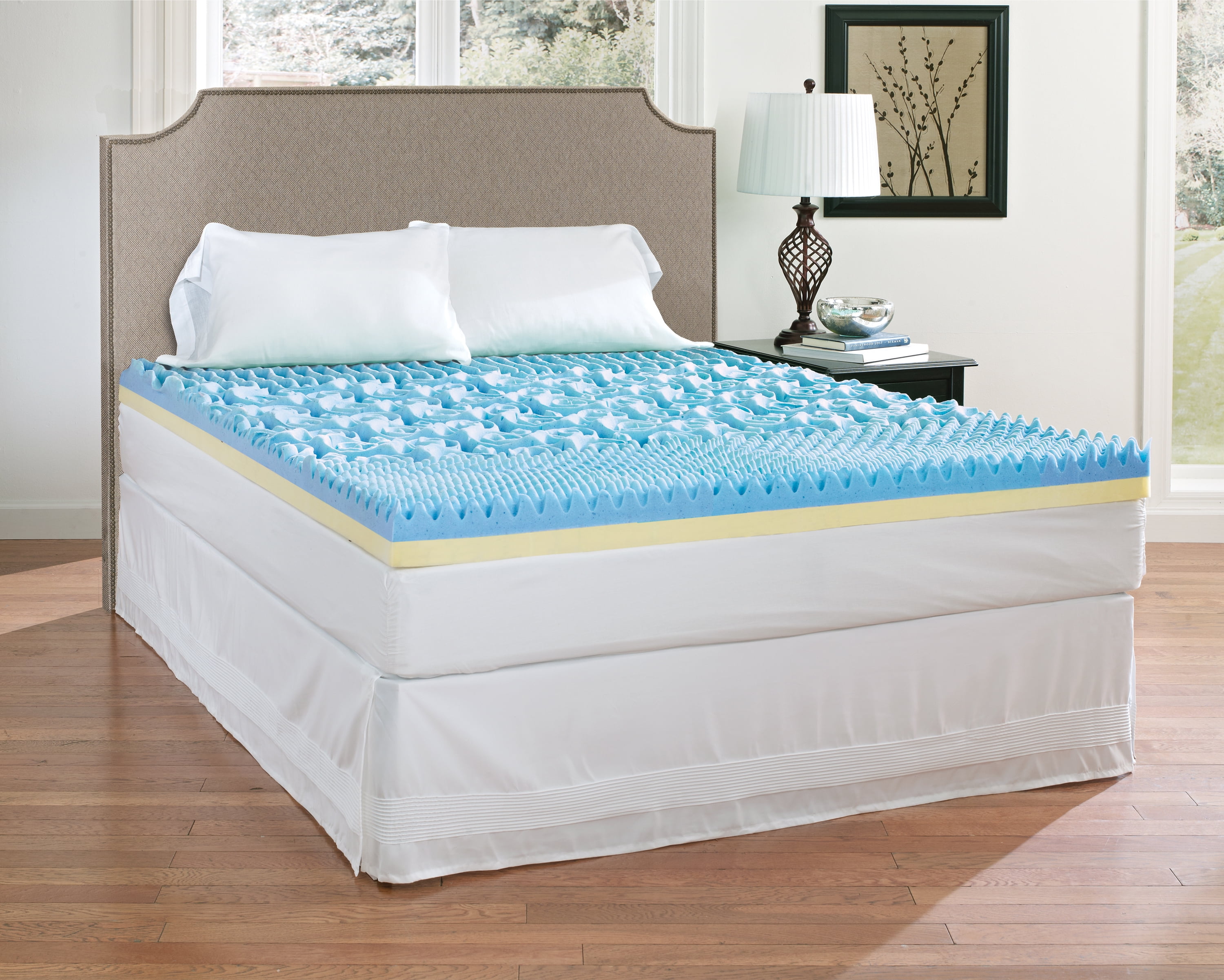
:max_bytes(150000):strip_icc()/_hero_4109254-feathertop-5c7d415346e0fb0001a5f085.jpg)
